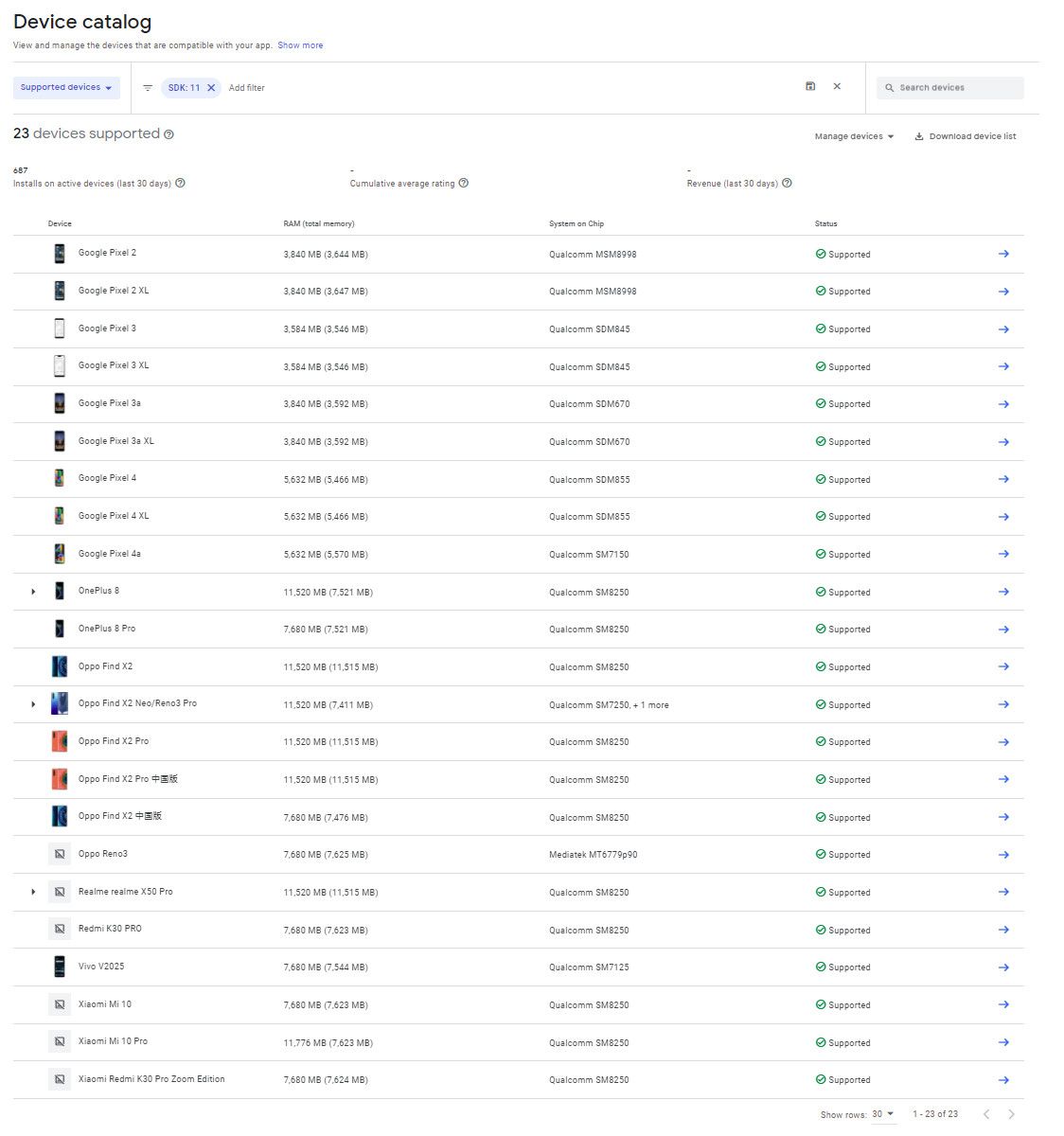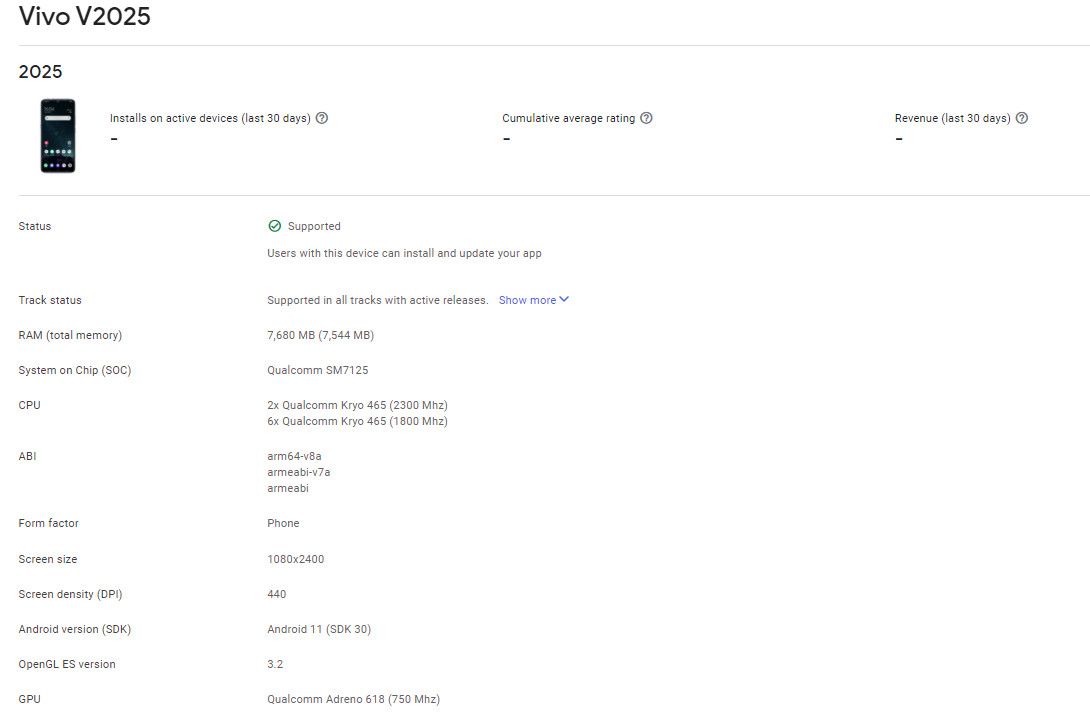Facebook-owned popular messaging app WhatsApp has been testing a host of new features over the last couple of months. Previous beta releases of the app have shed light on some of these features, including multi-device access, search by date, better storage usage tools, expiring messages, a “Mute Always” option for chats, and more. Recently, we talked about another upcoming feature, called “Expiring Media”, which would allow users to send self-destructing images, videos, and GIFs on the platform. While most of these features are yet to make their way to the stable channel, WhatsApp has now started testing a redesigned Storage Usage section in the latest beta release.
As per a recent report from WABetaInfo, WhatsApp has started rolling out v2.20.201.9 of the app on the beta channel. The update introduces a redesigned UI for the Storage Usage section of the app, which builds upon the changes that were spotted in a previous release. As you can see in the attached screenshot, the new UI features a bar at the top to show current storage usage.

Right beneath the bar, there’s a ‘Suggested clean up’ section that shows forwarded files and large files that can be removed to save some space. And underneath that, the section shows a list of all the chats that are occupying the most storage space on your device. This section also has a search button that you can use to quickly search for chats that you wish to delete.
The redesigned Storage Usage section in WhatsApp is a significant improvement over the current design, which just shows a list of all your chats along with the storage space occupied by each chat. As mentioned earlier, the new Storage Usage UI is rolling out with WhatsApp v2.20.201.9 on the beta channel. However, it isn’t available for all users at the moment. This leads us to believe that the redesigned UI isn’t quite ready for primetime and it might be a while before WhatsApp rolls it out to the stable channel.
Source: WABetaInfo
The post WhatsApp tests redesigned Storage Usage section in latest beta release appeared first on xda-developers.
from xda-developers https://ift.tt/3jiqHxd
via IFTTT









